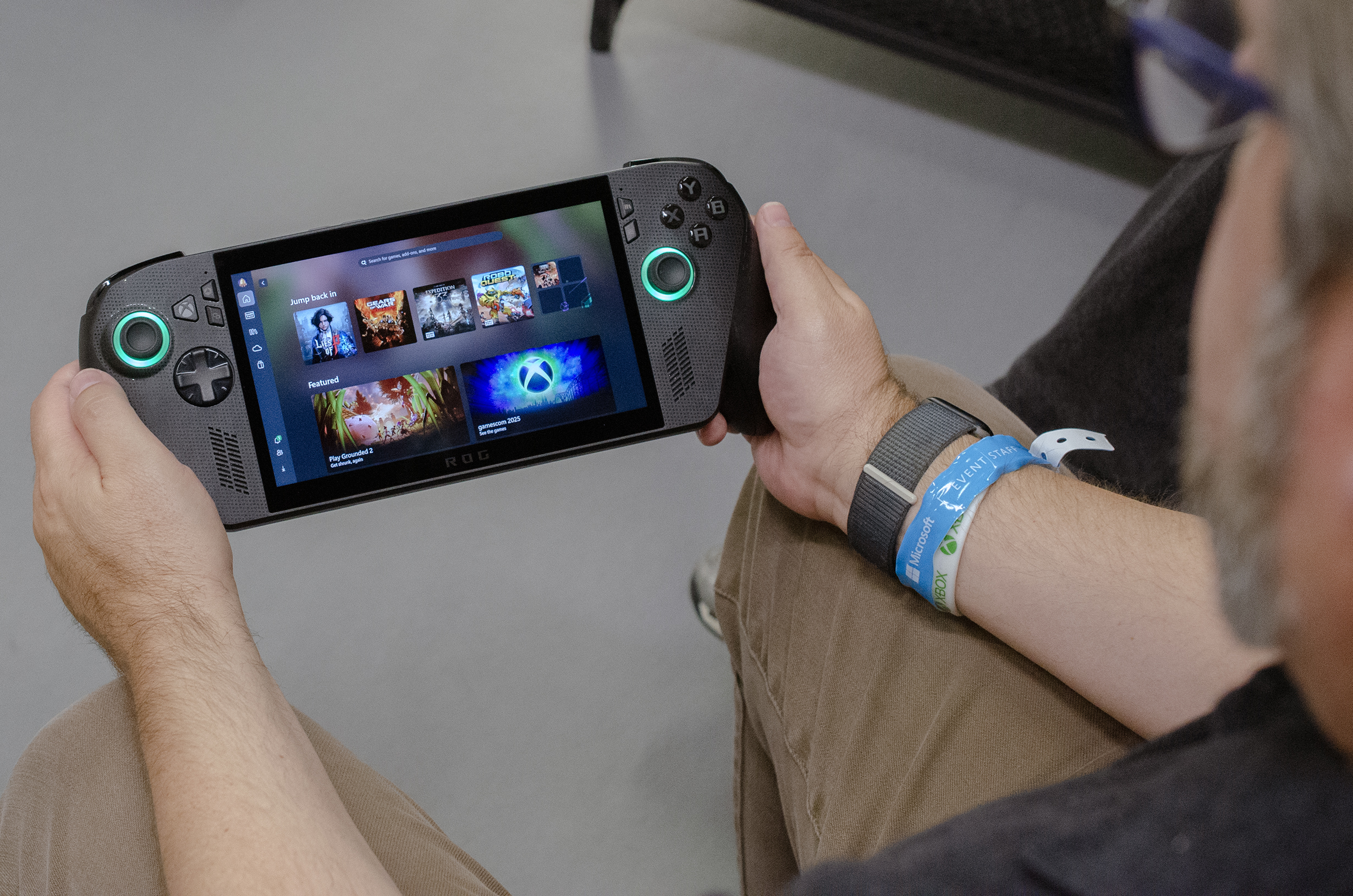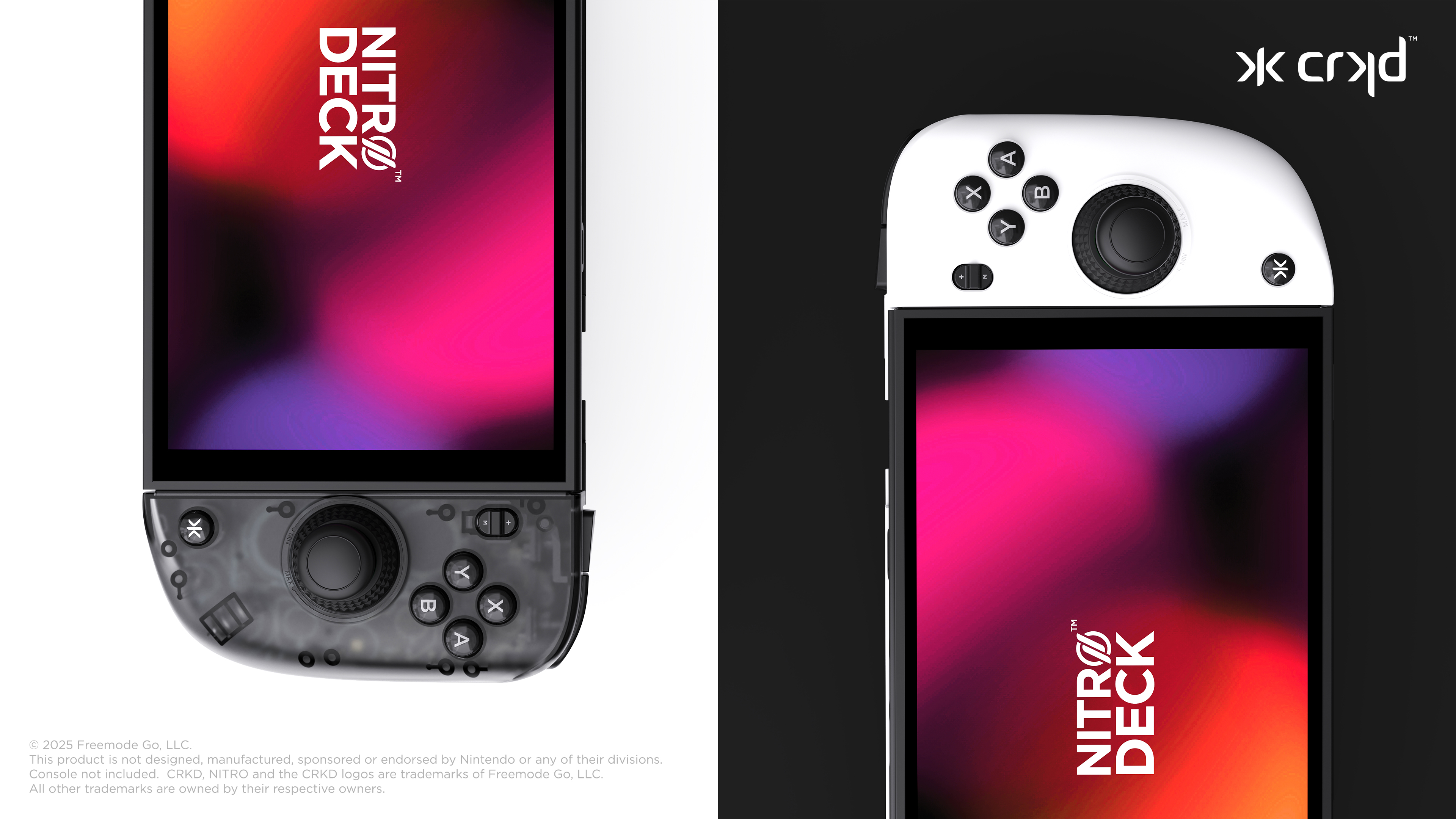“`html
Microsoft and Asus Launch Xbox Ally Handhelds on October 16
Microsoft and Asus have officially announced the launch date for their new Xbox Ally handheld gaming devices, set for October 16, 2023. This highly anticipated release will include two distinct models: the standard Xbox Ally and the more advanced Xbox Ally X. Both devices are poised to cater to a diverse range of gamers, and they will be available in multiple markets worldwide, although preorders and pricing details have not yet been disclosed.
Recent leaks have suggested that the Xbox Ally may retail for approximately €599 (around $699), while the Xbox Ally X is expected to be priced at €899 (approximately $1,049). However, Microsoft has indicated that it will provide official pricing and preorder information in the coming weeks. The delay in releasing this information may be linked to ongoing discussions regarding US tariffs and the recent leaks that have circulated.
In the United States, reports have indicated potential pricing of $549.99 for the Xbox Ally and $899.99 for the Xbox Ally X, raising questions about whether Microsoft and Asus will offer further subsidies for this significant hardware launch. The Xbox Ally handhelds will be launched in key markets including:
- Australia
- Belgium
- Canada
- Czech Republic
- China (only the Xbox Ally X)
- Denmark
- Finland
- France
- Germany
- Hong Kong
- Italy
- Ireland
- Japan
- Malaysia
- Mexico
- The Netherlands
- New Zealand
- Norway
- Philippines
- Poland
- Portugal
- Romania
- Saudi Arabia
- Singapore
- South Korea
- Spain
- Sweden
- Switzerland
- Taiwan
- Turkey
- United Arab Emirates
- United Kingdom
- United States
- Vietnam
Plans for future launches in Brazil, India, Indonesia, and Thailand are also in the works, indicating a broad global strategy for Microsoft and Asus. Both handheld models are designed to cater to different gaming needs. The standard Xbox Ally is optimized for 720p gaming, while the more powerful Xbox Ally X targets 1080p gaming, appealing to a wide spectrum of gamers from casual to hardcore.
Each device features a 7-inch 1080p display with a 120Hz refresh rate and Variable Refresh Rate (VRR) support, ensuring smooth gameplay that can compete with traditional gaming consoles. Under the hood, the Xbox Ally is powered by AMD’s Ryzen Z2 A chip, paired with 16GB of LPDDR5X-6400 RAM and 512GB of M.2 2280 SSD storage. In contrast, the Xbox Ally X offers enhanced performance with the Ryzen AI Z2 Extreme processor, 24GB of LPDDR5X-8000 memory, and a 1TB M.2 2280 SSD, making it a formidable option for gamers seeking top-tier performance.
In conjunction with the hardware announcement, Microsoft has launched a handheld compatibility program aimed at optimizing games for the new Xbox Ally devices. Roanne Sones, Corporate Vice President of Gaming Devices and Ecosystem at Xbox, stated that the company has collaborated with game studios to test and verify thousands of titles for handheld compatibility. This initiative will allow gamers to enjoy a seamless experience without extensive configuration.
There are two classifications for game compatibility: Handheld Optimized and Mostly Compatible. Handheld Optimized games will feature default controller inputs, accurate icons, and the correct screen resolution in full-screen mode. Conversely, Mostly Compatible titles may require minor adjustments for optimal performance. To assist users in identifying compatible games, Microsoft will introduce a Windows Performance Fit indicator. This feature will provide insights into how well a game will function on the Xbox Ally devices, enhancing user experience and reducing frustration.
Both models will come pre-loaded with an enhanced Xbox full-screen experience, designed to improve the usability of Windows on handheld devices while keeping the traditional desktop accessible through the Xbox Game Bar interface. This dual interface approach reflects Microsoft’s commitment to providing a versatile gaming environment that caters to different user preferences.
Microsoft is also addressing performance concerns with a new “advanced shader delivery” feature. This technology aims to preload game shaders during the download process, enabling faster game launches and smoother gameplay by reducing stutters associated with shader compilation. This improvement is particularly vital for handheld devices, as it can enhance both battery life and overall performance, crucial for gaming on the go.
Looking ahead, the Xbox Ally X will introduce Automatic Super Resolution (Auto SR) in early 2026. This feature will utilize a Neural Processing Unit (NPU) to upscale games, enhancing visual quality and providing a more immersive gaming experience. The NPU will also facilitate a highlight reels feature that automatically captures gameplay moments, making them easy to share on social media platforms, thereby appealing to the growing trend of content creation among gamers.
Additionally, Microsoft is working on enhancing the docking experience for the Xbox Ally devices, aiming for a seamless and high-performance setup that supports big-screen gaming, intuitive controller pairing, and optimized display output. This focus on connectivity and user experience is essential as gamers increasingly seek versatility in their gaming setups.
As the launch date approaches, the gaming community is eagerly anticipating more details about the Xbox Ally handhelds, including pricing and preorder options. With advanced specifications and a focus on compatibility, these devices are positioned to make a significant impact in the handheld gaming market. The collaboration between Microsoft and Asus marks an important step in the evolution of portable gaming, potentially reshaping how gamers interact with their favorite titles on the go.
“`




